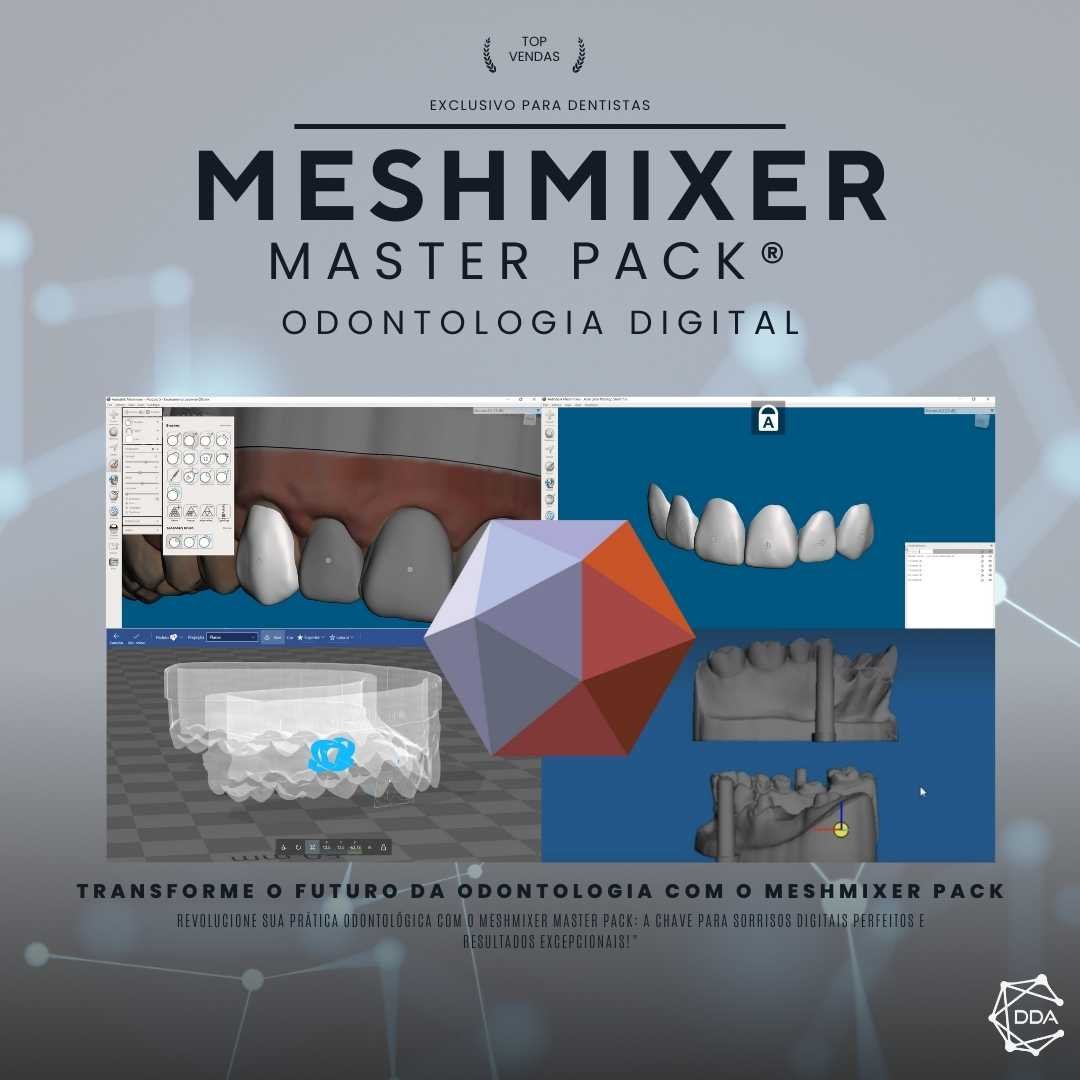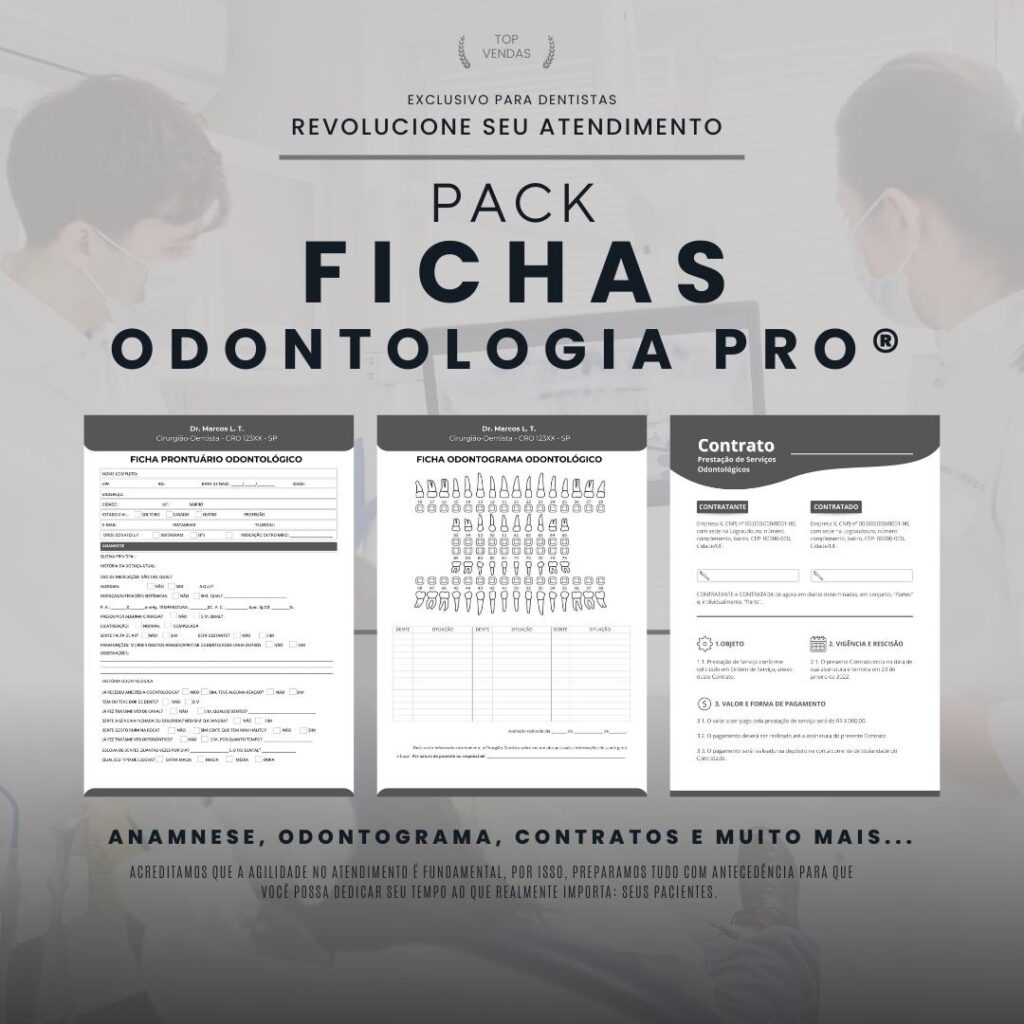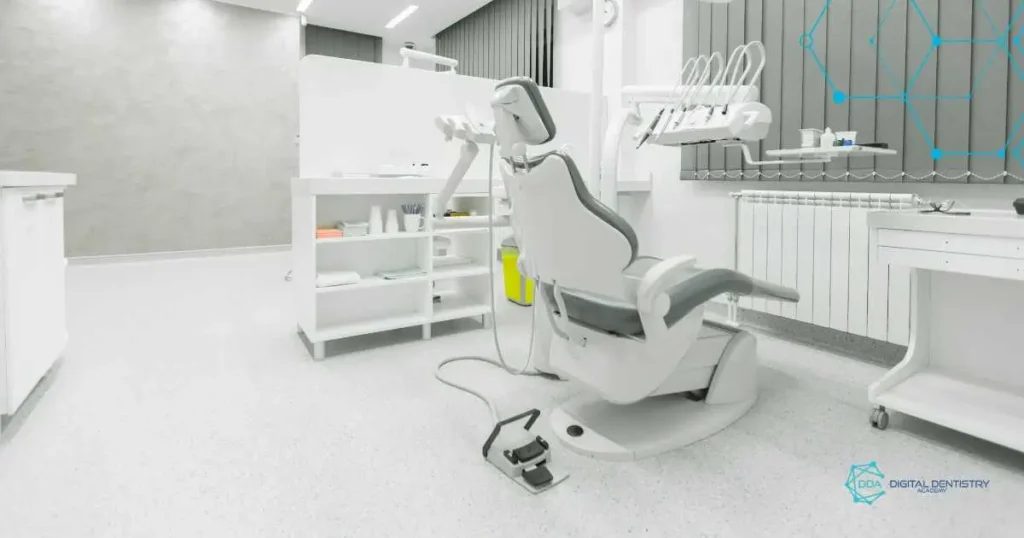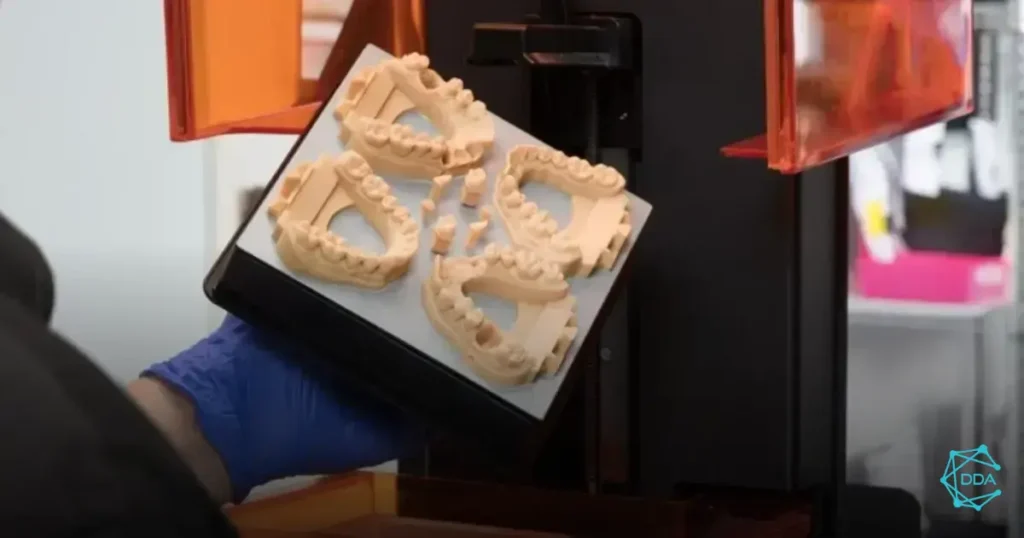A advanced digital dentistry is revolutionizing the field of dentistry, providing more precise and comfortable treatments for patients. This innovative technology combines digital tools and modern techniques to streamline the diagnosis and treatment process. In this article, we will explore the key advantages of advanced digital dentistry and how it can benefit both dentists and patients.
Precision and Accuracy in Diagnostics
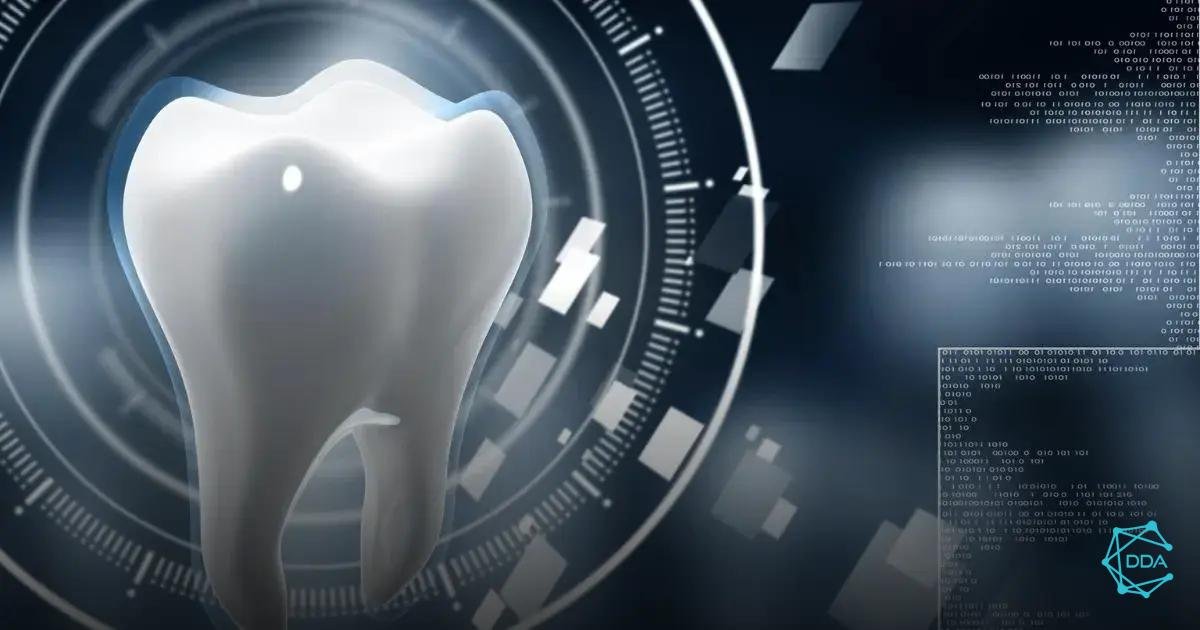

A precision and accuracy in diagnoses are fundamental to the success of any dental treatment. With the digital dentistry advanced, professionals have access to technologies that significantly improve the quality of diagnosis.
One of the main advances is the use of high resolution digital images, which allow you to clearly visualize the condition of your mouth and teeth. This makes it easier to identify problems that could go unnoticed on conventional X-rays.
Furthermore, the integration of analysis software helps dentists interpret data more effectively. These programs can detect anomalies, calculate distances, and even simulate results, providing a clearer view of what is happening in a patient’s oral health.
A digital dentistry It also allows for faster and less invasive examinations, increasing patient satisfaction and ensuring a more effective diagnosis. With this approach, dentists can plan personalized treatments, resulting in better clinical outcomes.
Comfort and Agility in Treatments
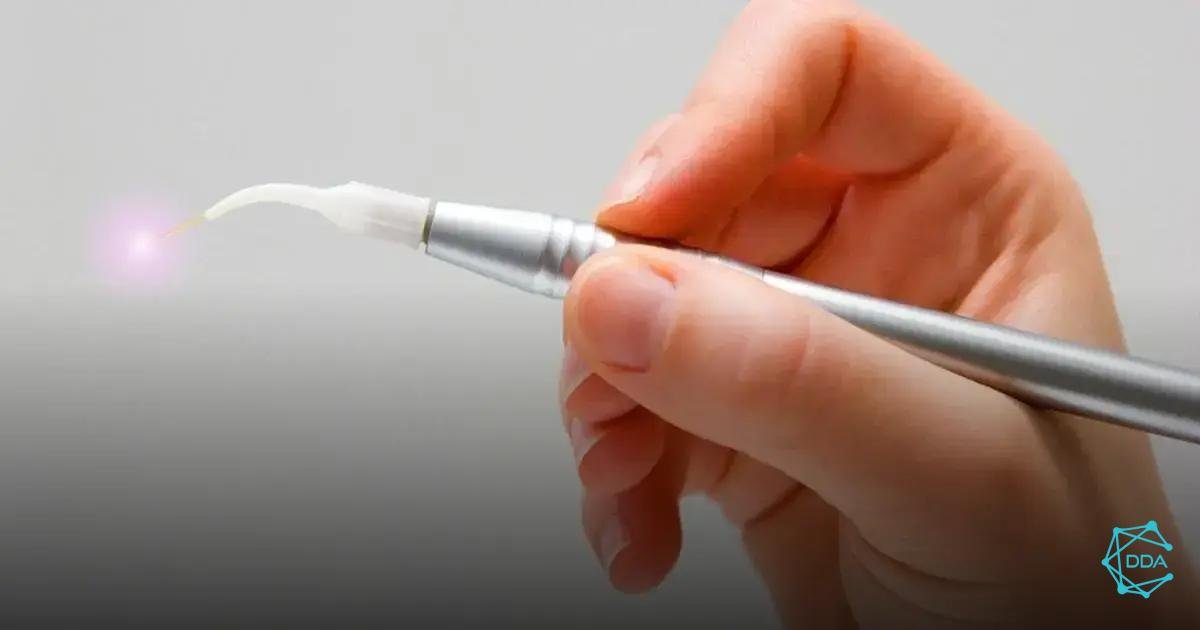

O comfort and agility in treatments are essential aspects that advanced digital dentistry provides to patients. With the implementation of digital techniques and tools, dental procedures become less invasive and more efficient.
One of the most impactful innovations is the use of intraoral scanning, which replaces traditional impressions with paste. This method is not only more comfortable for the patient, but also provides instant results, allowing the dentist to visualize the situation of the mouth in real time.
Additionally, 3D printing technology has revolutionized the way dentures and orthodontic appliances are manufactured. Instead of long wait times, patients can receive their custom devices in a significantly reduced time, increasing overall satisfaction.
A process automation It also contributes to the agility of treatments. With software that manages workflow, dentists can see more patients in less time, without compromising the quality of care. This results in less time in the dentist's chair and more comfort for the patient.
Innovative Imaging Technology
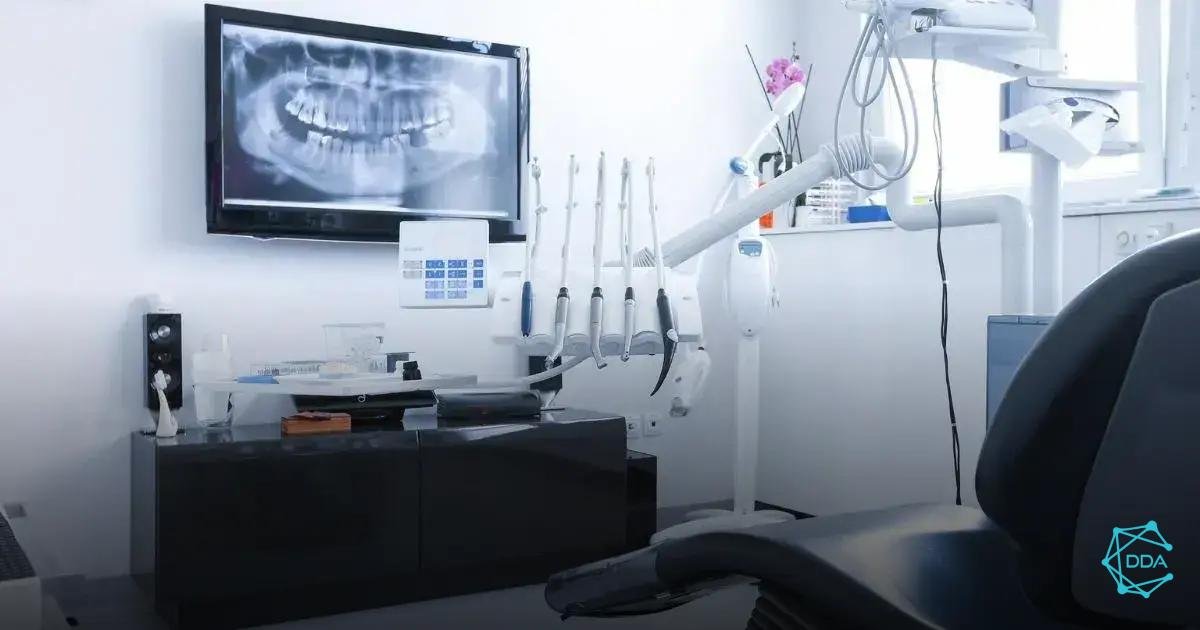

A innovative imaging technology is one of the fundamental pillars of advanced digital dentistry, providing more accurate diagnoses and more effective treatments. With the advent of new imaging tools, dentists have at their disposal resources that significantly improve the visualization of dental and bone structures.
To the digital radiographs are a clear example of this innovation. They offer high-quality images with much lower radiation exposure compared to conventional X-rays. In addition, digital images can be viewed instantly, allowing the dentist to make quick and informed decisions.
Another important advance is the use of cone beam computed tomography (CBCT), which provides detailed three-dimensional images of the dental arch and adjacent structures. This technology is especially useful in complex procedures, such as dental implants, as it allows for more precise planning and safer execution.
Furthermore, the integration of 3D visualization software allows dentists to review and share images with patients, making it easier to understand diagnoses and treatment plans. This transparency increases patient confidence and improves dentist-patient communication.
Improved Communication with Patients
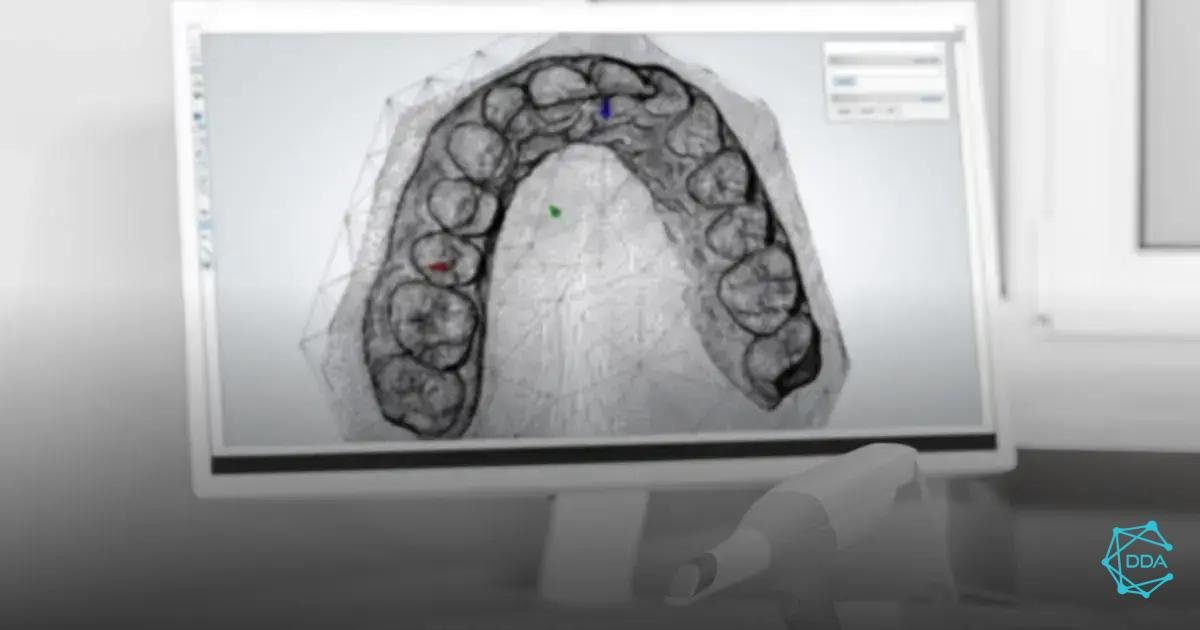

A improved communication with patients is one of the most significant benefits of advanced digital dentistry. By using modern technologies, dentists are able to establish a clearer and more effective dialogue with their patients, which results in a more satisfying experience.
One of the tools that contributes to this improvement is the use of management software, which allow the patient's history to be tracked in an organized and accessible way. This allows dentists to quickly review information and discuss previous and current treatments more accurately.
Furthermore, the use of digital images and explanatory videos During consultations, it helps patients better understand the proposed procedures. By visualizing the conditions of their oral health, patients feel more secure and informed, which makes it easier to adhere to the treatment plan.
A teleodontology It has also proven to be an effective tool for communication. With virtual consultations, dentists can offer guidance and clarification without the need for the patient to leave their home. This not only improves accessibility but also helps maintain ongoing contact, especially in situations where in-person visits are not possible.
Immediate Visual Results
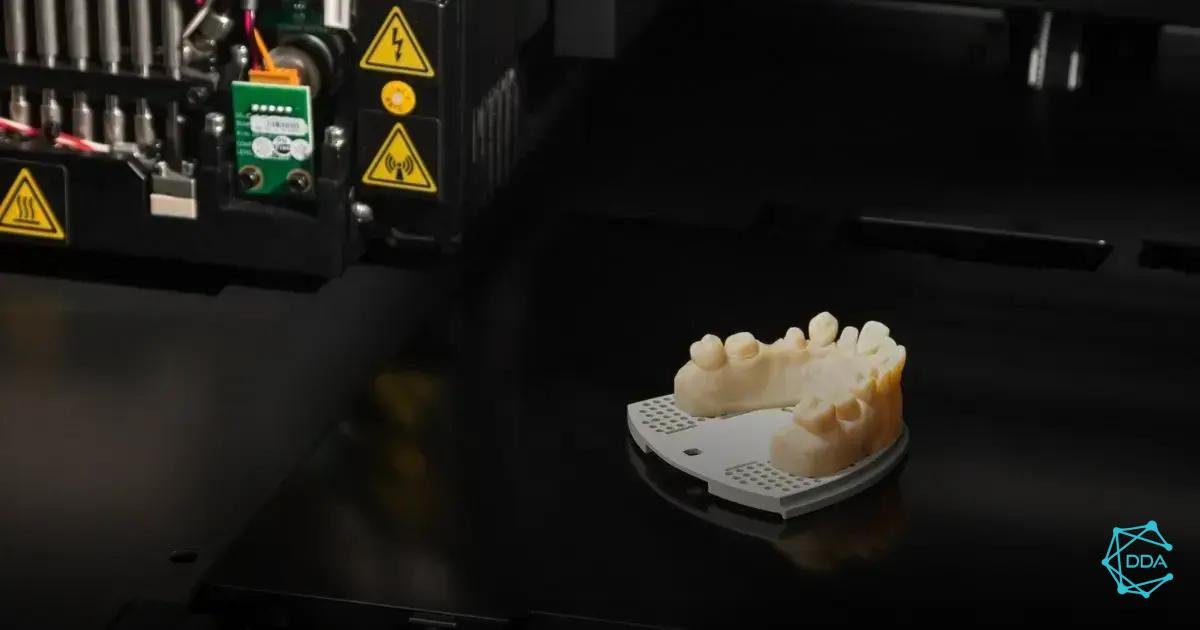

You immediate visual results are one of the most impressive features of advanced digital dentistry, providing patients with a clear and instant view of the results of their treatments. This visualization capability has a significant impact on the patient experience and the effectiveness of treatment.
With the use of intraoral scanning, dentists can generate digital models in real time. This allows patients to see what the final result of a treatment, such as a crown or braces, will look like before the procedure is even performed.
The technology of 3D printing also plays a crucial role in this regard, allowing dentists to quickly create prototypes and simulations of treatments. Patients can visualize and even experience these prototypes, which increases confidence in treatment decisions.
Furthermore, the presentation of digital images During appointments, it provides an effective way to demonstrate treatment progress. Dentists can show before-and-after comparisons, helping patients understand the effectiveness of the procedures performed and the importance of following the recommended care plan.
These immediate visual results not only improve patient understanding, but also increase overall satisfaction with treatment, fostering a more positive relationship between dentist and patient.


